
Hai Son commune was established by merging the former Bac Son and Hai Son communes of Mong Cai City. The commune has a hilly terrain, fertile land, and large natural and planted forests. Over 90% of the population are ethnic minorities, mainly Dao, Tay, and San Chi, with their unique cultures. These factors create clear advantages for developing forestry , ecotourism, community tourism, and producing distinctive products associated with the OCOP program.
Mr. Le Van Cuong, Chairman of the People's Committee of Hai Son commune, said: Hai Son has over 70% of its area covered by forests and forestry land, including hundreds of hectares of forest that are being planned for planting and developing large timber forests, promoting sustainable forestry. Along with that, the system of mountains, hills, streams, natural waterfalls, and villages with rich cultural identity of ethnic minorities creates ideal conditions for developing ecotourism and community tourism, linked to the historical site of Po Hen National Historical Monument.

With the blessings of nature and unique cultural features, Hai Son is one of the tourist destinations in the 4 routes and 15 experiential tourist destinations of Mong Cai City in the past, with distinctive traditional cultural features, such as: Border Sim Flower Festival, Po Hen Market, Coming-of-Age Ceremony, call-and-response singing of the Dao people; Rice planting festival, Tet Tu Tu, Soong Co singing, stick pushing, spinning top... of the San Chi people; unique cuisine , such as: Black goose, hill chicken, forest honey, golden flower tea, 3-colored rice of the Dao ethnic group. Tourist attractions and check-in points: Milestone 1347 (2), mural village of the Dang family, 72-room waterfall, Ma Thau Son sim hill, Pa Nai stream, Phinh Ho lake… have created a unique feature in the border experiential tourism chain.
The Pò Hèn Martyrs' Memorial (Pò Hèn National Historical Site) attracts thousands of tourists, students, and schoolchildren every year. Border patrol roads are being upgraded, opening up opportunities to connect community tourism destinations with tourist destinations such as Bắc Phong Sinh, Hoành Mô, and Móng Cái International Border Gate, creating a chain of attractive destinations.
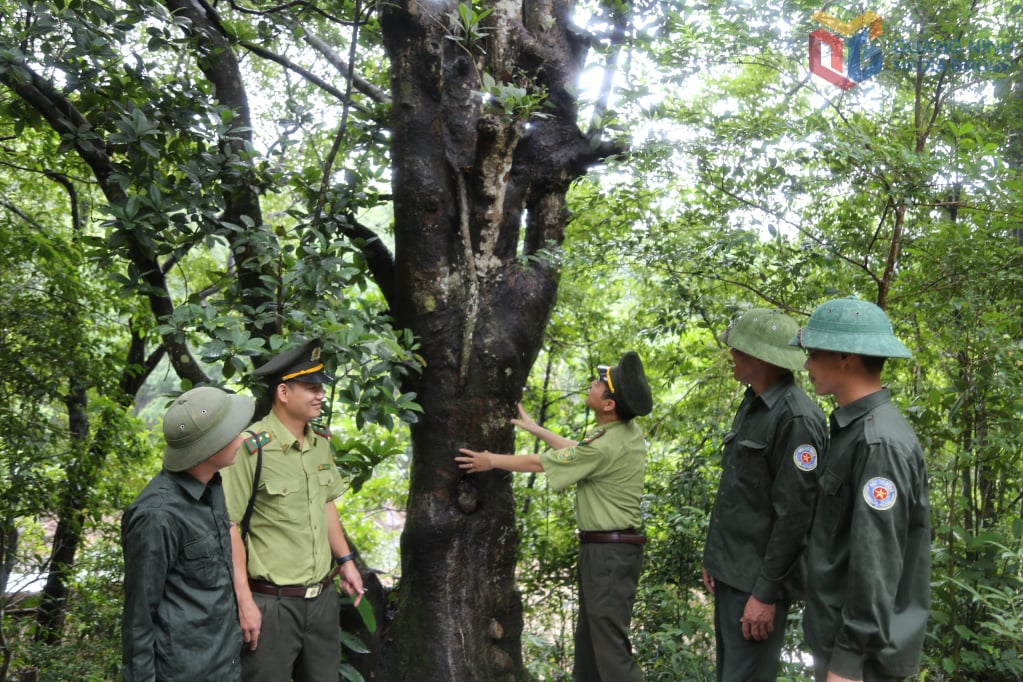
Implementing the large-timber forest planting project, the commune is planting species such as teak, ironwood, and mahogany, combined with developing medicinal plants under the forest canopy, such as golden flower tea, rehmannia, and purple cardamom... This approach helps people earn income from timber while protecting the forest ecosystem, and also opens up the possibility of combining it with the development of forest-based experiential tourism.

Mr. Le Van Cuong further shared: “We are coordinating with businesses and cooperatives to organize raw material areas and build brands for OCOP products such as Hai Son forest honey, free-range Mong Cai pigs, and golden flower tea. Currently, there is a facility in the area that grows and processes Thanh Loi golden flower tea, a product that is popular in the domestic market. The goal is for Hai Son to have at least 5 OCOP products achieving 3 stars or higher by 2030.”
Currently, the average planted forest area in the commune is over 1,200 hectares per year, with a forest cover rate of 73%; the average income is expected to reach 86 million VND per person per year by the beginning of 2025.

For the 2025-2030 term, Hai Son commune has set the following overarching goals: to improve the quality of economic growth, unleash the strength of the private sector, maximize opportunities from mergers, leverage complementary advantages, and promote regional and spatial linkages to create breakthrough development; and to apply science and technology to circular and organic agricultural and forestry production. Based on effectively exploiting the advantages of natural landscapes and ethnic culture, diversifying products and services, Hai Son aims to become a key destination for experiential and community tourism, linked to historical sites of the province and the country. The commune has identified three main pillars for socio-economic development: sustainable forestry economic development; development of distinctive agricultural products linked to the OCOP program; and development of eco-tourism, experiential, and community tourism linked to historical sites.

Accordingly, the commune continues to implement the Project on planting large timber forests, associated with forest allocation and land allocation to households with sufficient capacity, creating long-term livelihoods; at the same time, it encourages economic models under the forest canopy such as beekeeping and medicinal plant cultivation. Developing community tourism models in Dao villages such as Pac Si, Than Phun, Po Hen, combined with border tours, visiting Milestone 1347 (2), Po Hen Martyrs Memorial, helps people both preserve culture and have income from tourism.

Standardize and develop OCOP products, focusing on products that already have established brands such as forest honey, Mong Cai pigs, golden flower tea, golden cassava, etc., gradually forming production-processing-consumption cooperatives. Review and improve the quality of community tourism, ecotourism, and experiential tourism products associated with the preservation and promotion of the cultural values of the Thanh Y Dao ethnic village and the preservation of some intangible cultural products. Unleash the creativity and initiative of the people in various forms of community activities, preserving cultural traditions within families and villages, in order to create an attraction for tourists seeking community-based cultural tourism experiences.
The commune focuses on mobilizing resources from national target programs, combining public investment capital, preferential credit capital, and socialized resources to improve rural infrastructure, transportation, electricity, clean water, and environmental sanitation. It promotes digital transformation in agricultural and forestry management and production, and strengthens skills training for people in market access, product promotion, and tourism connectivity through online platforms.

Building an advanced new rural commune is identified by Hai Son as a central and continuous task. The commune continues to improve the new rural criteria regarding environment, income, culture, and security; at the same time, it mobilizes people to actively participate in the "Bright - Green - Clean - Beautiful" movements, building a new, civilized, and safe cultural life in the border area.
Today, Hai Son is not only a border commune with a glorious revolutionary tradition, but also a land that is strongly developing from its natural resources, human resources, and spirit of unity. With high political determination, the consensus of the entire political system and the people with the right development solutions, Hai Son is gradually realizing its goal of becoming an advanced, modern, prosperous, and civilized new rural commune - a model commune of the Quang Ninh highlands in the era of integration and development.
Source: https://baoquangninh.vn/xa-hai-son-xay-dung-xa-nong-thon-moi-kieu-mau-hien-dai-giau-dep-van-minh-3370945.html




![[Photo] Prime Minister Pham Minh Chinh holds a phone call with the CEO of Russia's Rosatom Corporation.](/_next/image?url=https%3A%2F%2Fvphoto.vietnam.vn%2Fthumb%2F1200x675%2Fvietnam%2Fresource%2FIMAGE%2F2025%2F12%2F11%2F1765464552365_dsc-5295-jpg.webp&w=3840&q=75)






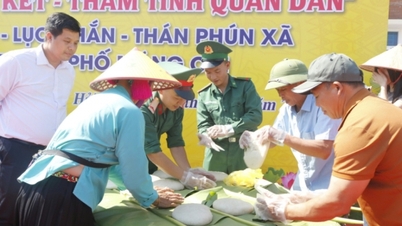

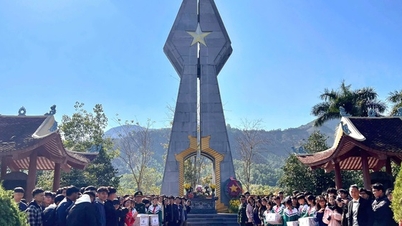














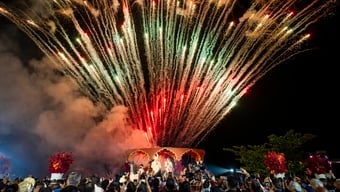
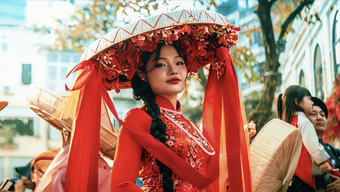






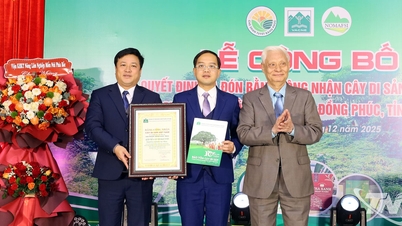





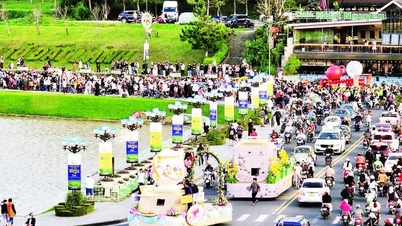

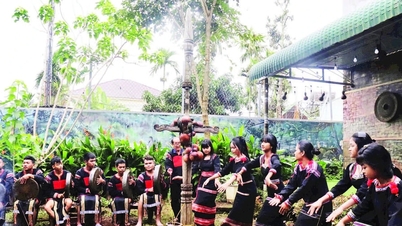
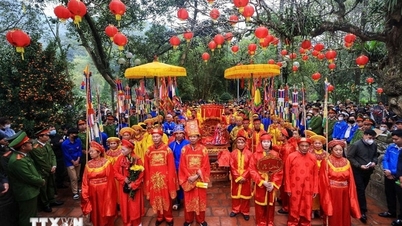





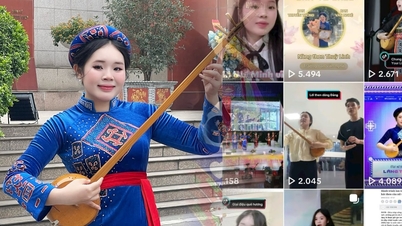

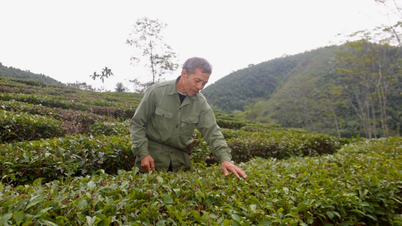




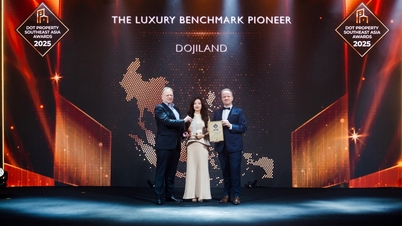
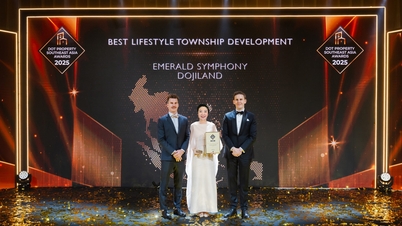








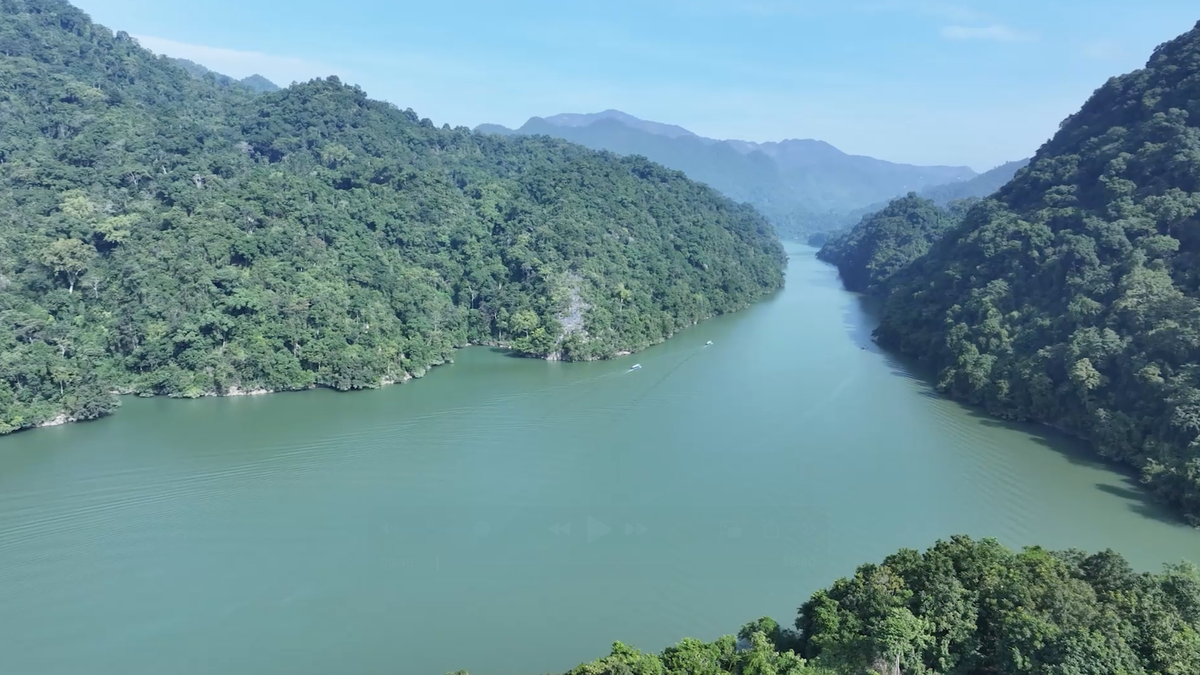










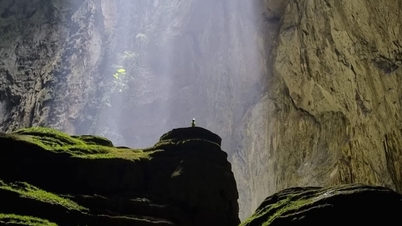





















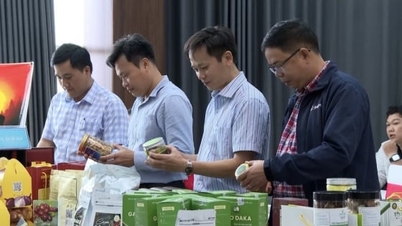






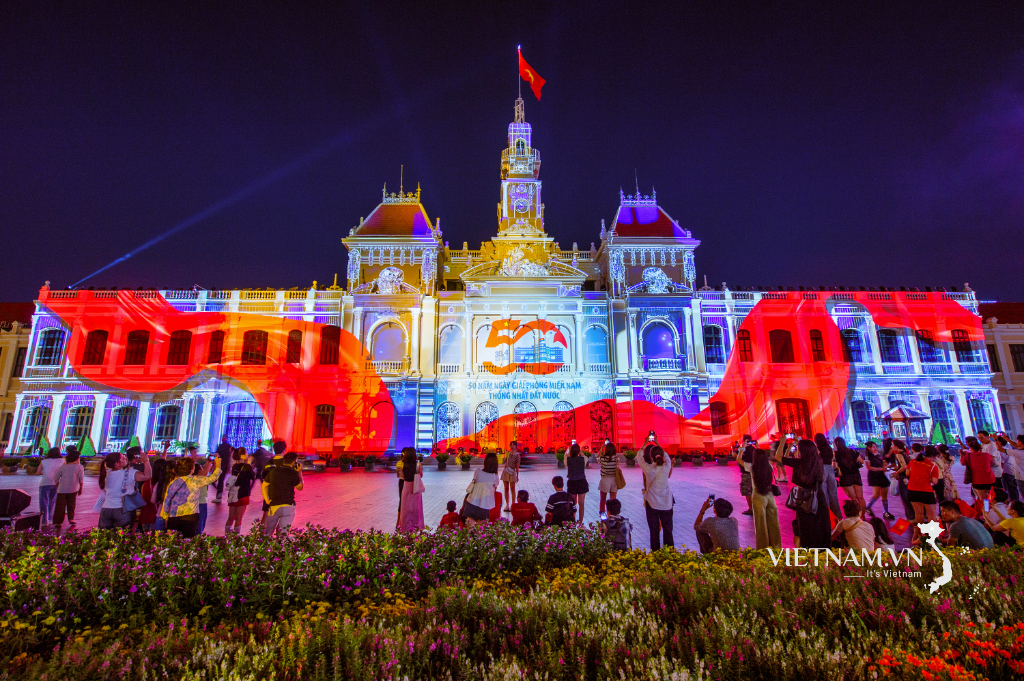


Comment (0)